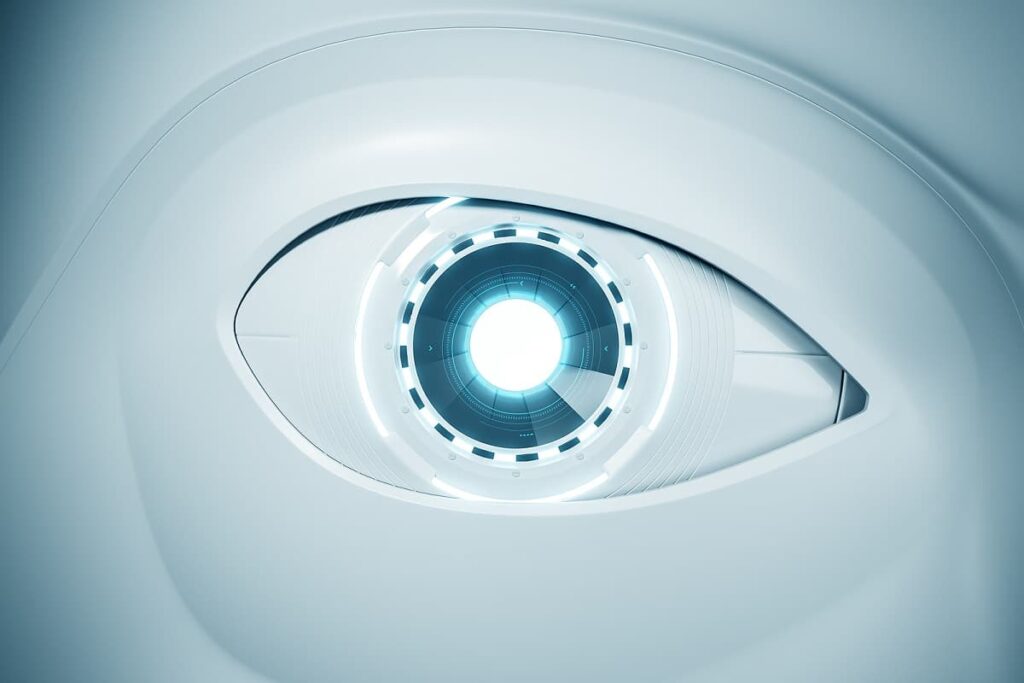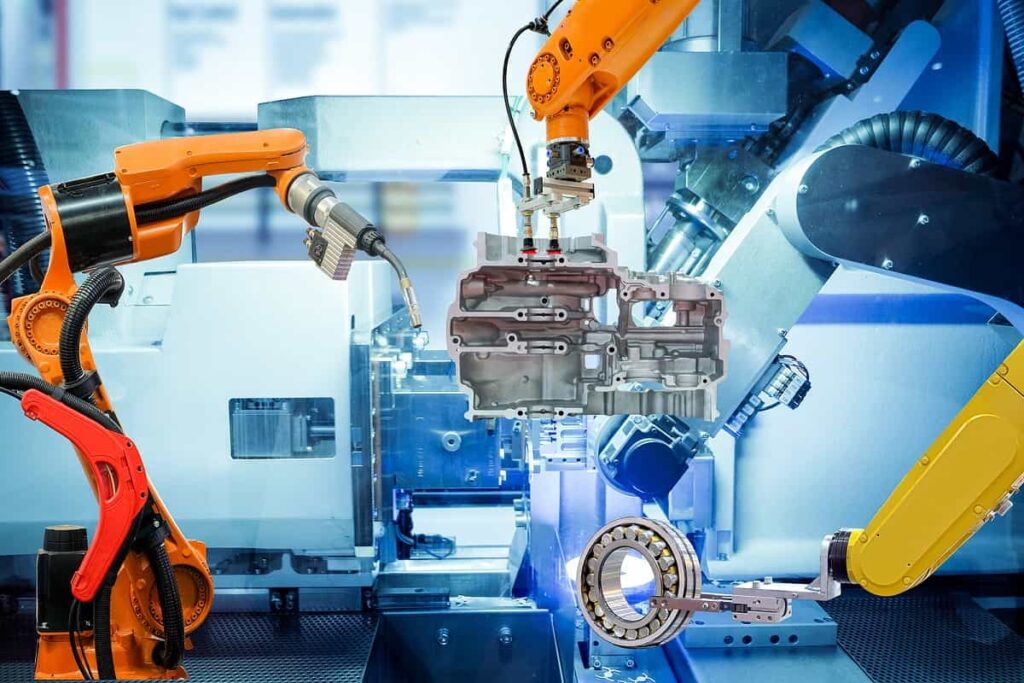6 Startups Using Artificial Intelligence in Video
Table of contents

We recently took our staff of MBAs out to see the new Avengers movie. A couple of things immediately came to mind (spoiler alert): What would happen to the world if half of all the MBAs suddenly vanished in a badly rendered CGI puff of dust? The answer? Meh. The other thing that struck us while watching 15 minutes of film credits roll by so we could watch the inevitable lame teaser at the end is that it takes a isht load of people to make a $300- to $400-million movie. There were more special effects people involved in this film than graduated from our high school. Consider that it costs $5 million to buy a 30-second commercial spot during the Super Bowl. It’s crazy expensive to turn people’s brains into mush while entertaining them. If only there was a way to save money—salaries—when it comes to making videos and movies.
You probably know where this one is going. Machine learning and other forms of artificial intelligence are becoming increasingly prevalent in creating, rating and promoting movies and entertainment, as well as writing news stories and business reports. Film and video editors earn a median salary of nearly $60,000—so there’s a lot of value-added tasks that they can do without the burden of trolling through untold hours of camel wrestling footage. In this article, we’ll look at six startups using artificial intelligence in video and movie creation.
Artificial Intelligence in Video News Creation

Founded only a year later, Wochit is another startup out of Israel that reputedly uses artificial intelligence in video creation. It’s even raised a similar amount of private funding, about $28.8 million. How does it work? Users can feed text to the Wochit (as in “watch it”) platform, which analyzes the text for keywords in order to match video elements and graphics that would best tell the story out of its own archives or the customer’s library. The startup’s platform relies on an AI technology called natural language processing, which other companies have used to enable machines to write short news stories about fantasy sports teams. A French news website said video views shot up 50-fold thanks to Wochit. Artificial intelligence in video creation is also about scaling up: Time produced 40,000 pieces of video content in 2016 alone using Wochit. And that has led to Time’s resurgence in American media. Oh, wait.
Founded in 2015, A Taiwanese startup called GliaCloud offers a similar platform to Wibbitz and Wochit. GliaCloud raised about $1.7 million in Seed funding last year. Users just paste a content URL or upload a text file, and GliaCloud’s algorithms go right to work, identifying major topics and keywords, and then generating video scripts with sections and highlights. Based on that script, the machine then edits together a video clip.
According to Tech in Asia, clients may choose to pay for the service per use or split the ad revenue they generate from the videos with GliaCloud. The company also offers a free version with embedded advertising to individual users and shares whatever revenue it earns with them.
Artificial Intelligence in Special Effects Creation

Artificial Intelligence in Music Video Creation

Update 10/23/2019: Triller has raised $28 million in Series B funding to fuel continued growth and product enhancements. This brings the company’s total funding to $39.5 million to date.
Artificial Intelligence for Art in Video
Founded in 2014, Dublin-based Artomatix is developing AI to automate 3D art graphics primarily in video games but its technique also has applications for video and film. The startup has raised about $5.2 million. It’s not easy being god—or the video game creator of an immersive 3D world. Sure, it’s easy to create one or two evil-looking orcs, but when it comes to generating a whole army of malevolent creatures, it can become a time-consuming task. Artomatix is developing AI technology that can rapidly create an unholy band of baddies from just a couple of examples or background scenes such as an endlessly textured castle wall. Some of its more readily available products include Artomatix Enhance, which uses sophisticated algorithms to remaster imagery. In other words, its neural networks can “imagine” new details in the same way a human would:

The software does this by recognizing objects in a video, adding texture and features semantically based on what it knows should be there.
Conclusion
Now that goldfish have an attention span longer than humans, cranking out video content quickly and cheaply is more important than ever to get that all-valuable mouse click before the next squirrel crosses the street. The ability of machines, through artificial intelligence, to automate large parts of video creation means that content will only increase exponentially while driving down the cost and time required to create the next 30-second, multi-million-dollar Super Bowl commercial. Can the return of the Bud Bowl be too far behind?
Sign up to our newsletter to get more of our great research delivered straight to your inbox!
Nanalyze Weekly includes useful insights written by our team of underpaid MBAs, research on new disruptive technology stocks flying under the radar, and summaries of our recent research. Always 100% free.













